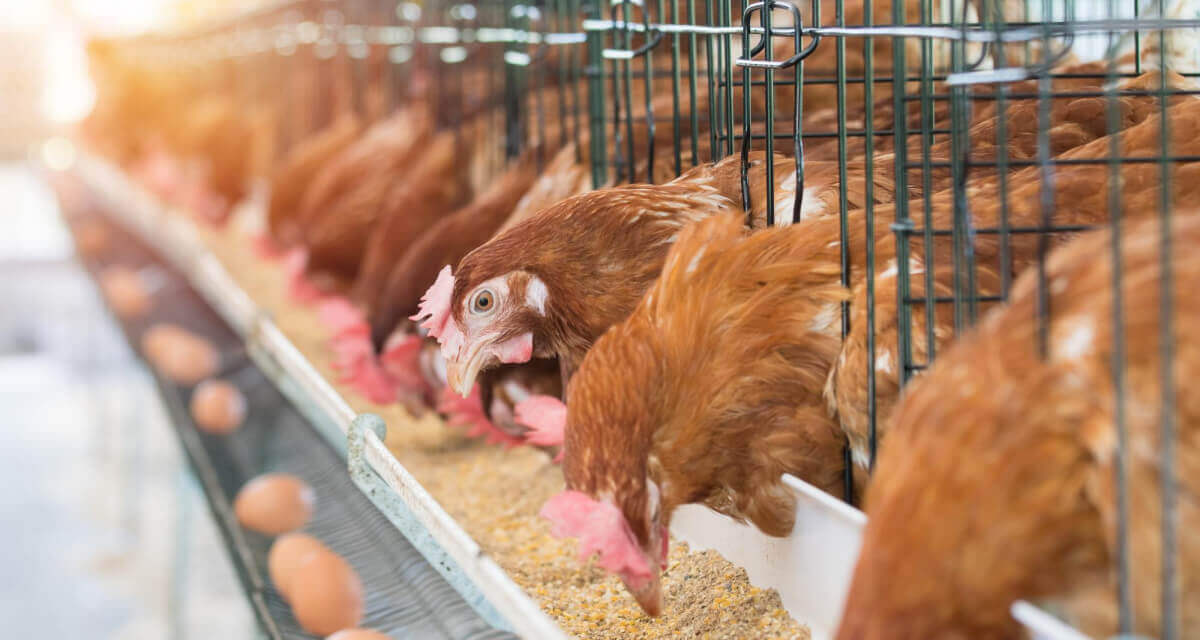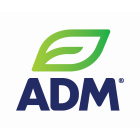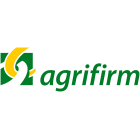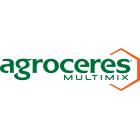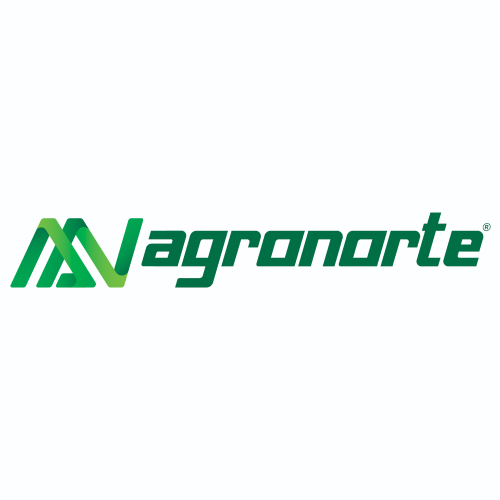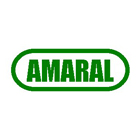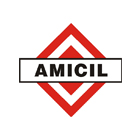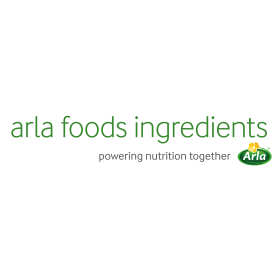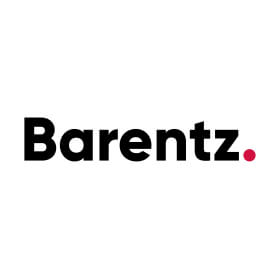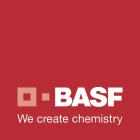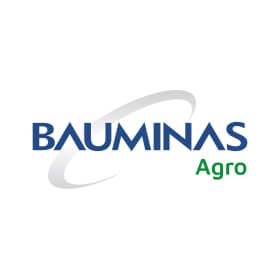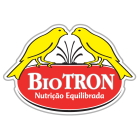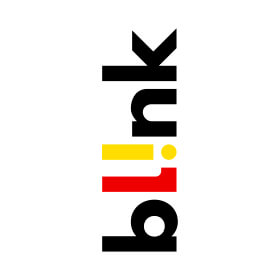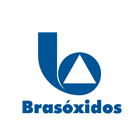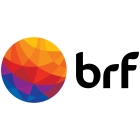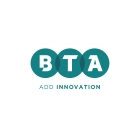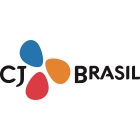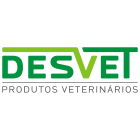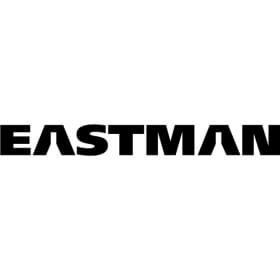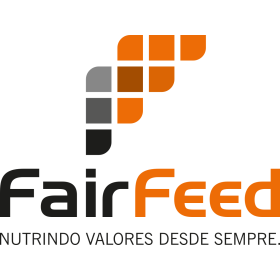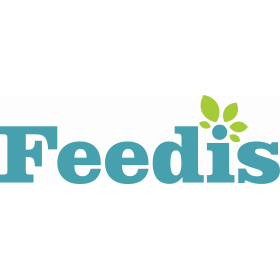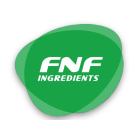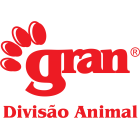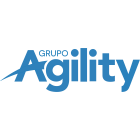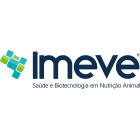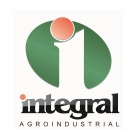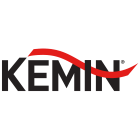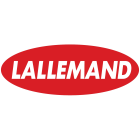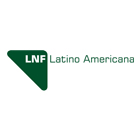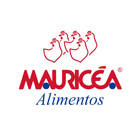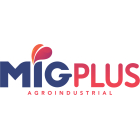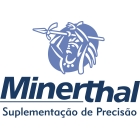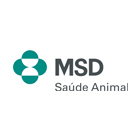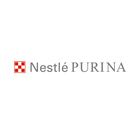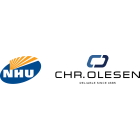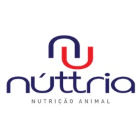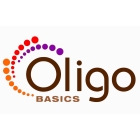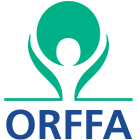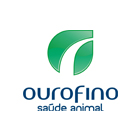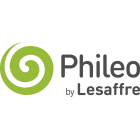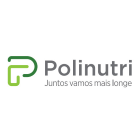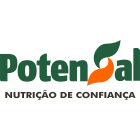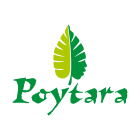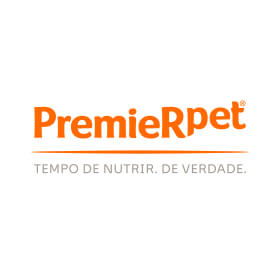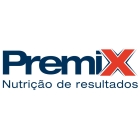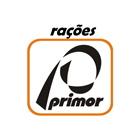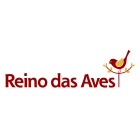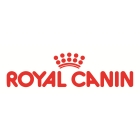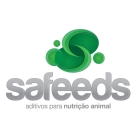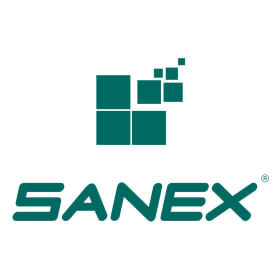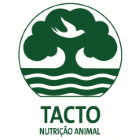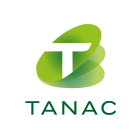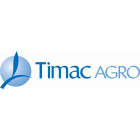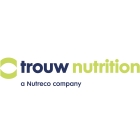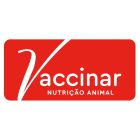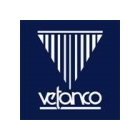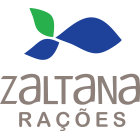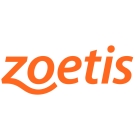Although feed production in Brazil is less than expected a few years ago, the industry has become much more efficient and resilient
In the past two years in the Brazilian feed industry, two factors have influenced the growth of the sector: “One was a seasonal factor, which was the high cost of raw materials, mainly grains; and the other is a structural factor, which was the exchange rate,” said Ariovaldo Zani, CEO of Sindirações, the Brazilian feed manufacturers association.
The real, the Brazilian currency, has had a moderate devaluation and, due to the fact that the feed industry depends on foreign supply of feed additives, it affected production costs.
In terms of growth, feed production increased from 2022 to 2023, with an annual growth rate of 1.2%. Zani said this was aligned with what the Organization for Economic Co-operation and Development (OECD) predicted, having forecast a 1.3% growth rate in feed production for middle- to high-income countries during that period.
While feed manufacturing continues to grow at a slower rate than in the past, Zani is very emphatic: “The growth rate is what decreased, not feed production.”
The use of technological agents, such as feed additives, together with advances in animal genetics, mainly in poultry and swine, have greatly improved feed conversion and decreased lifecycle.
In 2024, however, Sindirações predicts a 2.6% growth rate for 2024 based on predictions of feed producers and animal protein producers, for the domestic and export markets.
“This very good rate is based on the amount of feed they predict they are going to need,” he said.
Animal production with less feed
Fifteen years ago, Zani predicted Brazil would be producing 100 million metric tons (MMT) of feed by 2023; instead it reached 84 MMT. Does this mean Brazilian animal ag industry is decreasing?
“No. Animal ag activity has increased, which is a paradox,” Zani said. “Productivity — in particular, feed conversion — has increased to such an extent that we did not need to produce 100 MMT.”
This is an interesting perspective, because it shows how efficient the Brazilian feed industry has become. The 100 MMT projection is now set for 2031, considering the current panorama.
If technology and science continue to progress, the 100 MMT projection may be surpassed.
Getting to know Brazilian feed production
Poultry feed accounts for almost 51.5% of feed produced in Brazil. Broiler feed has increased year over year — by 1.88% from 2022 to 2023 — but layer feed was stagnant.
Swine feed has grown by .97% in 2022 vs. 2023 and, together with poultry feed, it represents 76.2% of total feed production. Beef production is still mainly extensive, so dairy and beef cattle feed have a much smaller share of 15.7%. As a matter of fact, both sectors experienced a decrease year over year.
Pet food is the sector that showed one of the largest growth rates of all Brazilian feed production, with a 4.3% increase year over year and 3.88 MMT. Aqua feed also increased by 3.18%, particularly the shrimp feed sector, with a 6.15% increase.
Expectations for the rest of 2024
In Brazil, the “second semester” is characterized by a high animal protein demand and, therefore, a high feed demand too. However, recent events may affect feed performance. First was the climatic catastrophe in the southernmost state, Rio Grande do Sul, in May that affected the animal ag industry. But it should be emphasized that the industry has fully recovered from it.
Second is the Newcastle disease outbreak in the same state. Even though it was a single case that was immediately resolved, poultry exports were affected because China, Argentina, Mexico and Macedonia immediately stopped imports.
Although China and Argentina have reopened borders, and negotiations are on course with Mexico, in the end this could affect feed manufacturing. Zani does not expect feed production growth to be smaller than 2% regardless.
Feedlot, aqua outlook
Feed manufacturing is shaped by more than the poultry and swine industries. In Brazil, beef production has suffered in recent years. After this two-year downward trend, an upward trend is starting. In fact, by mid-2025, a calf shortage is expected in feedlot cattle. Meanwhile, pasture cattle is a different story.
Dairy cattle were also affected by high-cost grains and low milk prices, but a recovery is being observed this year, together with cheaper feed grains. All this is stimulating production so an increase in milk and dairy feed production could be expected.
With regard to aqua feed, shrimp production was paralyzed in Brazil. This was due to embargoes and demands — mainly by the U.S. and the EU — that ended up sending the product to the domestic market. Shrimp is an expensive food product for the average Brazilian, so production stagnated. As for fish production, it was affected by a scarce fingerling availability. This year, there was a reasonable growth in tilapia production in the first quarter, a trend expected to show for the rest of the year. Although aqua feed production will increase, the amount is still very low and would not greatly affect the grand total.
Animal feed is the largest cost for animal production: When feed is expensive, producers hold back investments and growth; when feed prices go down and demand increases, producers get excited and want to produce more. Now that feed costs have stabilized, dairy and laying hens have taken off again in Brazil, and perhaps broilers and swine will do the same.
Source: FeedStrategy
